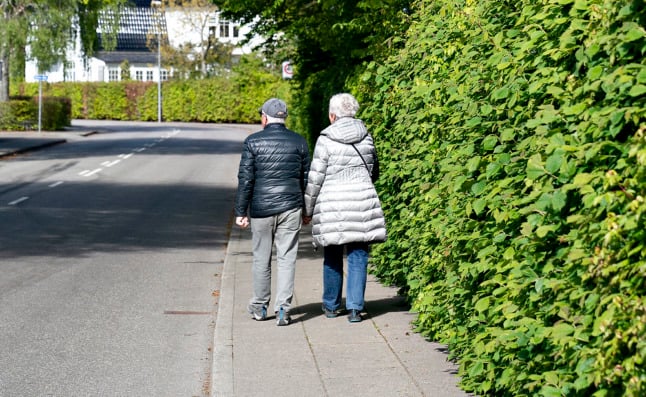Within five minutes the 4,000 specially baked chocolate cakes were exhausted as residents gathered to celebrate a new milestone in their city’s dramatic growth in popularity in recent years.
The occasion, and the chocolate cake, attracted Malmö residents of all ages, the local Sydsvenskan daily reported.
“It was great that so many young people came, I thought that a lot of pensioners would come,” Kenneth Hvarvenius at Malmö municipality told the newspaper.
The street party, held in the warming March sunshine, offered entertainment, balloons for the kids, and coffee to go with the cake. The festivities were however slightly premature with a couple of weeks to go before the milestone is confirmed.
“Today we are 299,723 inhabitants but at some point under March we will break the barrier,” Harvenius said.
Malmö mayor Ilmar Reepalu held a speech in which he referred to Malmö’s regeneration and renewal, using the architectural symbols of old new – the Kockums dockyard crane and the Turning Torso skyscraper – as metaphors for the remarkable transformation.
“Most of those moving here are young between 20 and 29-years-old who want to study and like this international city. The future is in the place to which the young want to move and where they want to live,” he said.
“Let’s say welcome to Malmö’s three hundred thousandth resident.”
Malmö, Sweden’s third largest city, welcomed 20,431 new inhabitants during 2010 and for the first time its residents gave birth to 5,000 children. Half of those moving into the city are aged 20-29-years-old.
If the forecasts prove correct, the city will not have to wait too long before the chocolate cake and clowns are brought out to play again, with a total of 400,000 residents expected by 2032.


 Please whitelist us to continue reading.
Please whitelist us to continue reading.
Member comments